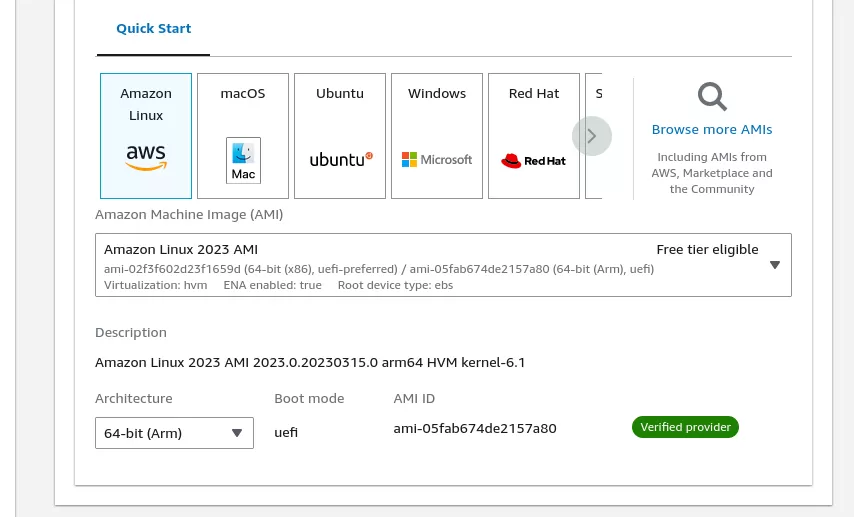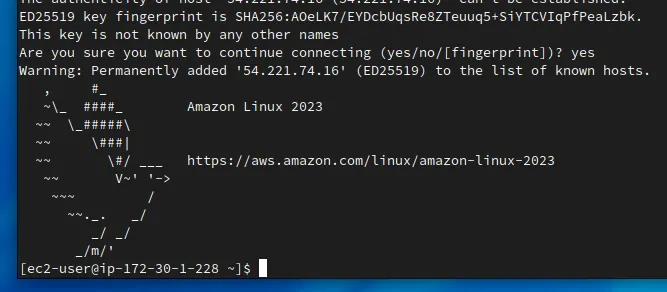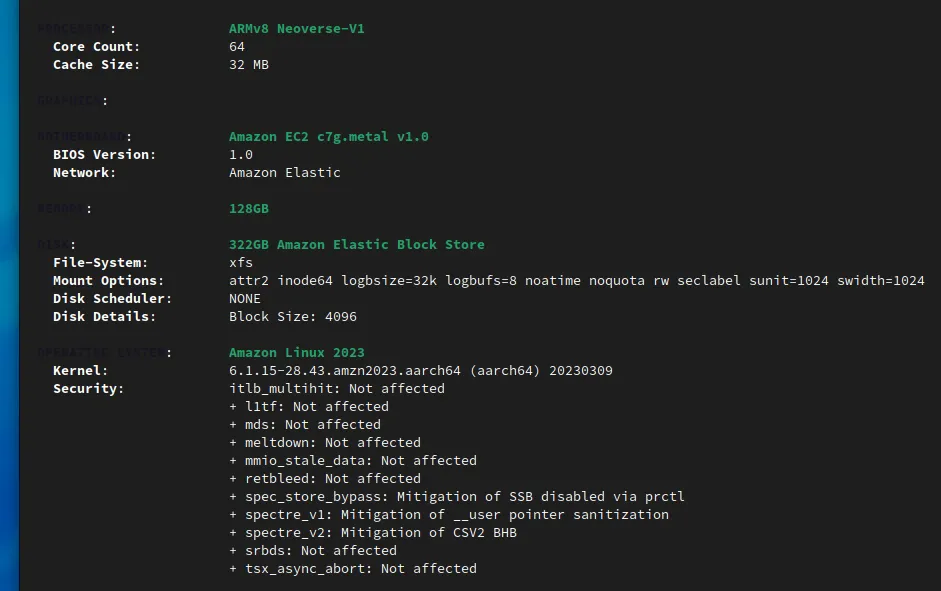Amazon Linux 2023 Is Running Well, Boosting EC2 Performance Over Amazon Linux 2
For those currently making use of Amazon Linux 2 (AL2) as the operating system for Elastic Compute Cloud (EC2) instances, the newly-released Amazon Linux 2023 (AL2023) is delivering some worthwhile speed-ups for maximizing your performance and value in their public cloud.
This week Amazon Web Services (AWS) announced Amazon Linux 2023 as their new in-house Linux distribution feature release on their new two-year feature release cadence for Amazon Linux. With Amazon Linux 2023 they are derived from Fedora Linux, making use of OpenSSL 3 by default, SELinux is flipped on by default, and there is a variety of optimizations and a plethora of package updates.
Amazon Linux 2 ships the Linux 5.10 kernel, GCC 7.3.1 as its default compiler, Python 3.7, and a variety of other aging packages. With Amazon Linux 2023 it's now running the fresh Linux 6.1 LTS kernel, GCC 11.3 as its default system compiler, Python 3.9, and a variety of other more recent package versions than what is shipped by Amazon Linux 2.
For getting an idea that moving to Amazon Linux 2023 has on AWS EC2 performance, I ran some benchmarks this week using a Graviton3-based c7g.metal instance. First was a clean c7g.metal instance with Amazon Linux 2 and its default packages and then a clean c7g.metal instance with Amazon Linux 2023 and its new packages.

As expected given the time since AL2, Amazon Linux 2023 while sticking to the same workloads can deliver some very nice performance advantages for the EC2 cloud without any pricing impact. Here are some benchmarks for your consideration today. Amazon Linux 2023 is also available for x86_64 EC2 instances too, but for this article is limited to just the Graviton3 c7g.metal testing due to cloud costs / tight budget, which also limited the number of tests I ran for this comparison. Due to costs is also why this comparison is limited to just AL2 vs. AL2023 and not a wider Linux distribution performance comparison.



